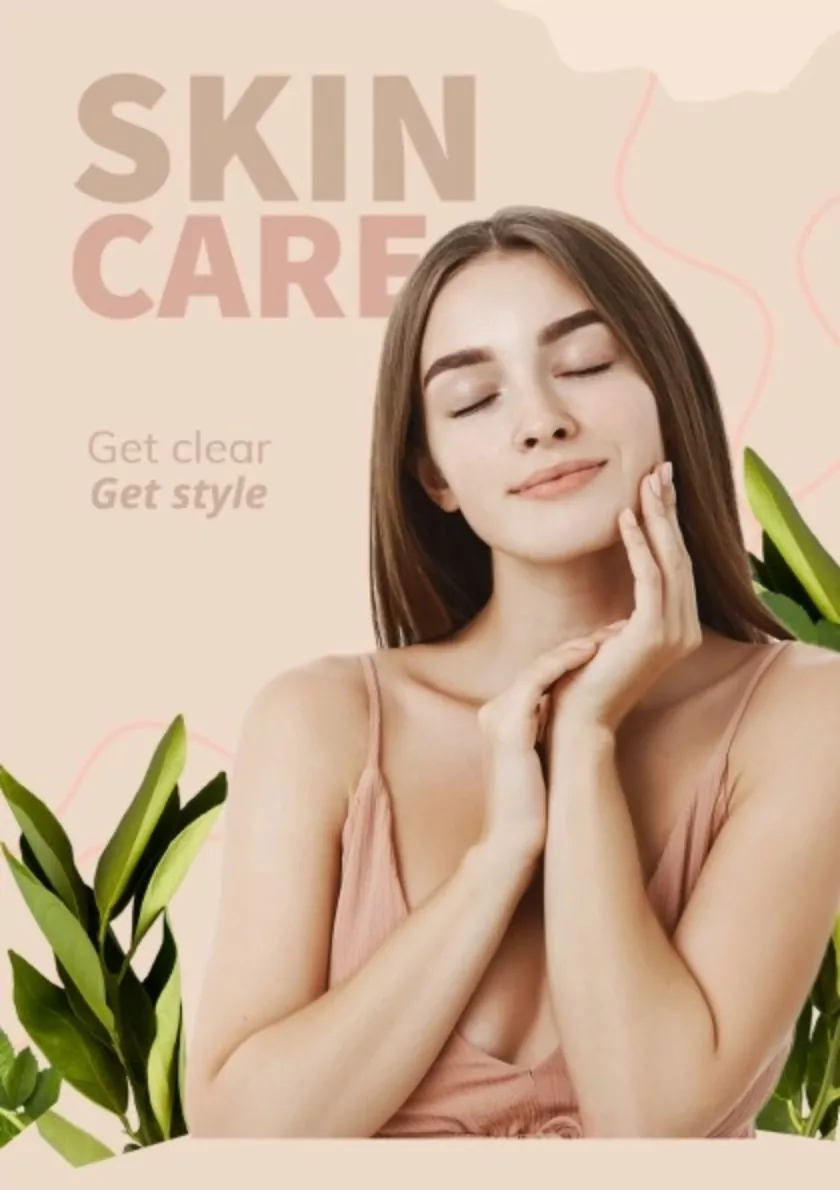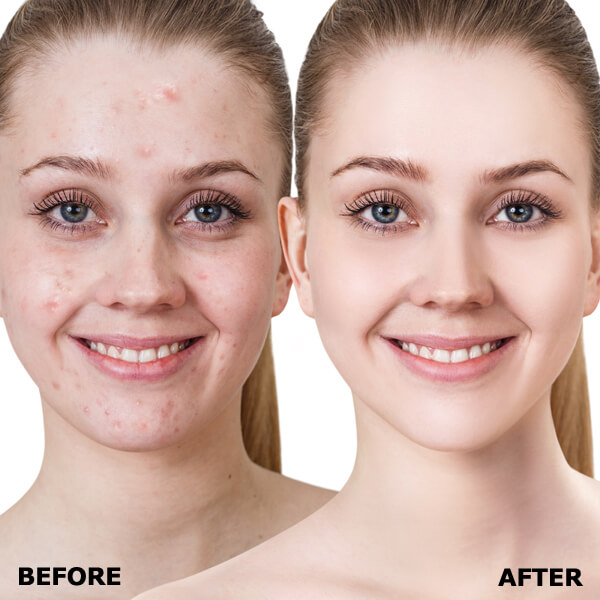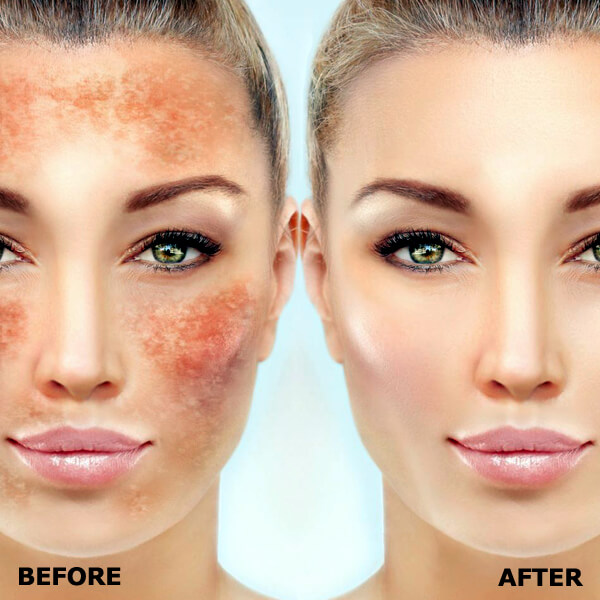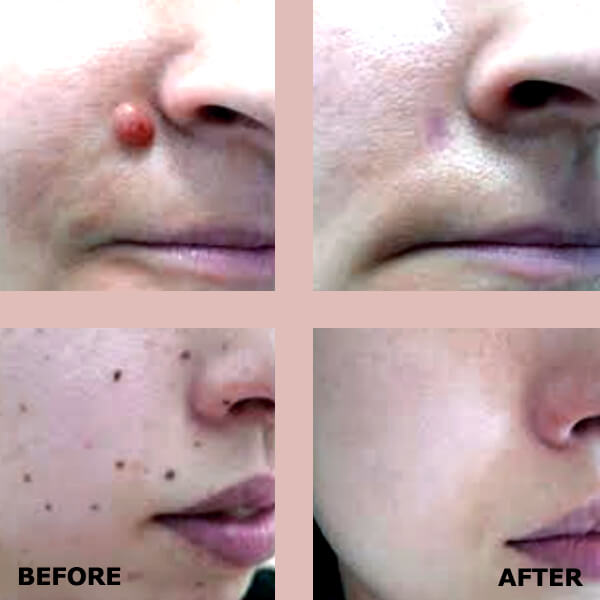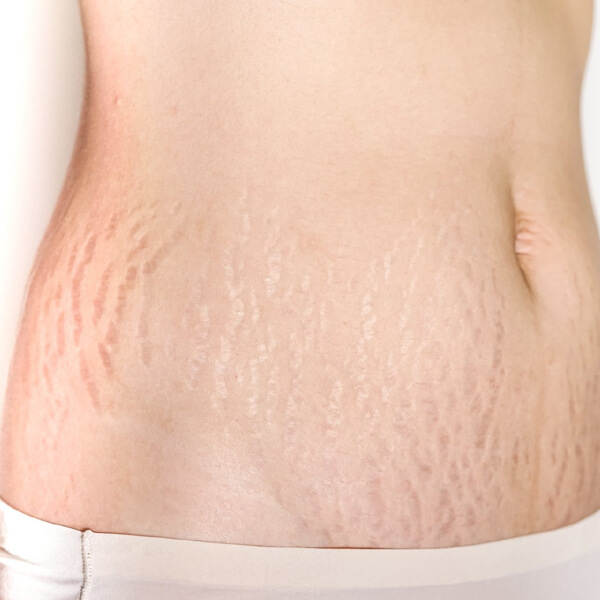Showing all 4 results
Find our Services by Category
Acne Treatment
₹400.00Acne represents a common skin condition which produces facial and body skin lesions including pimples, blackheads, and whiteheads. The condition develops when dead skin cells accumulate along with excessive oil and bacterial growth that block pores. While acne predominantly affects teenagers, it can affect anyone at any age and requires professional care from the best acne doctor in Patna for long-term remedial actions.
At R Square Skin, Hair, Nail Clinic, we provide patients with customized acne treatment in Patna using state-of-the-art technology and proven dermatological methods, under the guidance of Dr. Rizwana Barkat. Dr. Barkat is the best dermatologist in Patna, delivering safe and successful acne treatment solutions for active acne as well as related concerns like acne marks and scarring.
Untreated acne may cause lasting damage to skin which results in scarring along with hyperpigmentation and acne marks that persist. To address these complications arising out of prolonged acne issues, the clinic provides specialized acne scar treatment in Patna to patients who need long-term solutions. Our treatments are primarily focused on non-surgical and minimally invasive acne solutions which produce excellent results while requiring minimal recovery time.
Anti Pigmentation & Hyperpigmentation Treatment
₹400.00Pigmentation is the term used to describe the coloring of the skin. Melanin production is diminished or increased in a variety of skin pigmentation diseases.
Melanin is the primary pigment responsible for skin pigmentation and consequently the maintenance of diverse skin tones, skin colour, and skin types.
If the body generates a lot of melanin, it can cause skin darkening, also known as hyperpigmentation. If the body generates very little or no melanin, it may result in skin whitening.
Our pigmentation treatment is specially designed to get rid of the dark patches in the skin, as well as it works in various ways to treat all other skin problems.
Mole Removal, Cyst & Lipoma Surgery
₹400.00Moles are skin growths made up of cells that produce colour (pigment). A mole can appear anywhere on the skin, alone or in groups. Most people get a few moles during their first 20 years of life. They are usually brown in colour but can be blue, black, or flesh-coloured. Most moles are harmless and don’t cause pain or other symptoms unless you rub them or they bump against something.
Cysts consist of tissue pockets that contain fluid, pus, or other substances within their closed structure. They can appear throughout the body while presenting as small bumps beneath the skin. Most cysts do not develop into cancer, but they have the potential to cause pain or infection when not treated.
Lipomas are soft fatty growths beneath the skin that develop slowly over time. They are usually harmless and painless. The fat cell composition of lipomas makes them common on the neck, shoulders, back, abdomen, and thighs. Lipomas remain non-cancerous, but removal becomes necessary when they grow larger or develop pain or cosmetic issues.
Moles, cysts, and lipomas can be treated through various methods, depending on their characteristics and your preferences. Here are some common approaches:
1. Excision: During this procedure, the surgeon removes the mole, cyst, or lipoma by cutting it out together with a small margin of adjacent tissue. Dermatologists typically advise excision methods for growths that are either deep-seated or have a large size.
2. Laser removal: Laser therapy uses focused light to break down the pigment in moles or tags, causing them to fade over time. It’s a non-invasive option suitable for smaller moles and tags.
3. Cryotherapy: This involves freezing the mole or cyst using liquid nitrogen. The frozen tissue eventually falls off as the area heals. Cryotherapy is a quick and effective method, but may require multiple sessions.
4. Electrosurgery: This technique uses a high-frequency electrical current to cut or burn off moles or skin tags. It’s often a quick procedure performed by a dermatologist.
5. Topical treatments: Some over-the-counter or prescription creams or ointments may be effective for removing certain types of moles or tags. These products typically work by gradually breaking down the mole or tag.
6. Liposuction (for Lipomas): In some cases, lipomas can be treated using liposuction techniques, especially if they are soft and loosely attached. However, traditional excision remains more effective for complete removal.
Always consult with a professional dermatologist or skin specialist before attempting to remove moles, especially if you notice changes in size, color, or shape, as these could be signs of a more serious issue. Self-removal methods at home can lead to scarring or infection and are generally not recommended.
Stretch Mark Treatment
₹400.00Get Stretch Marks Removal in Patna – Clinic located at Phulwari Sharif!
When skin gets stretched by sudden growth, it can disrupt collagen production, resulting in scars known as stretch marks. While the initial colour of stretch marks appears like bruises, they fade to lighter shades than the surrounding skin tone.
Multiple factors contribute to stretch marks, including rapid weight gain or loss, pregnancy, and puberty. The severity of marks determines the most suitable treatment approach.
At R Square Skin, Hair, Nail Clinic under Dr. Rizwana Barkat’s expert care, we offer comprehensive stretch mark reduction treatments. Advanced lasers, microneedling & more to fade your stretch marks safely. Our technologically advanced solutions include powerful lasers, chemical peels, and potent vitamin-mineral formulations that effectively address and lighten stretch marks.
Treatment effectiveness varies per individual, but our range of advanced technologies ensures optimal results for patients seeking stretch mark treatment in Patna.


